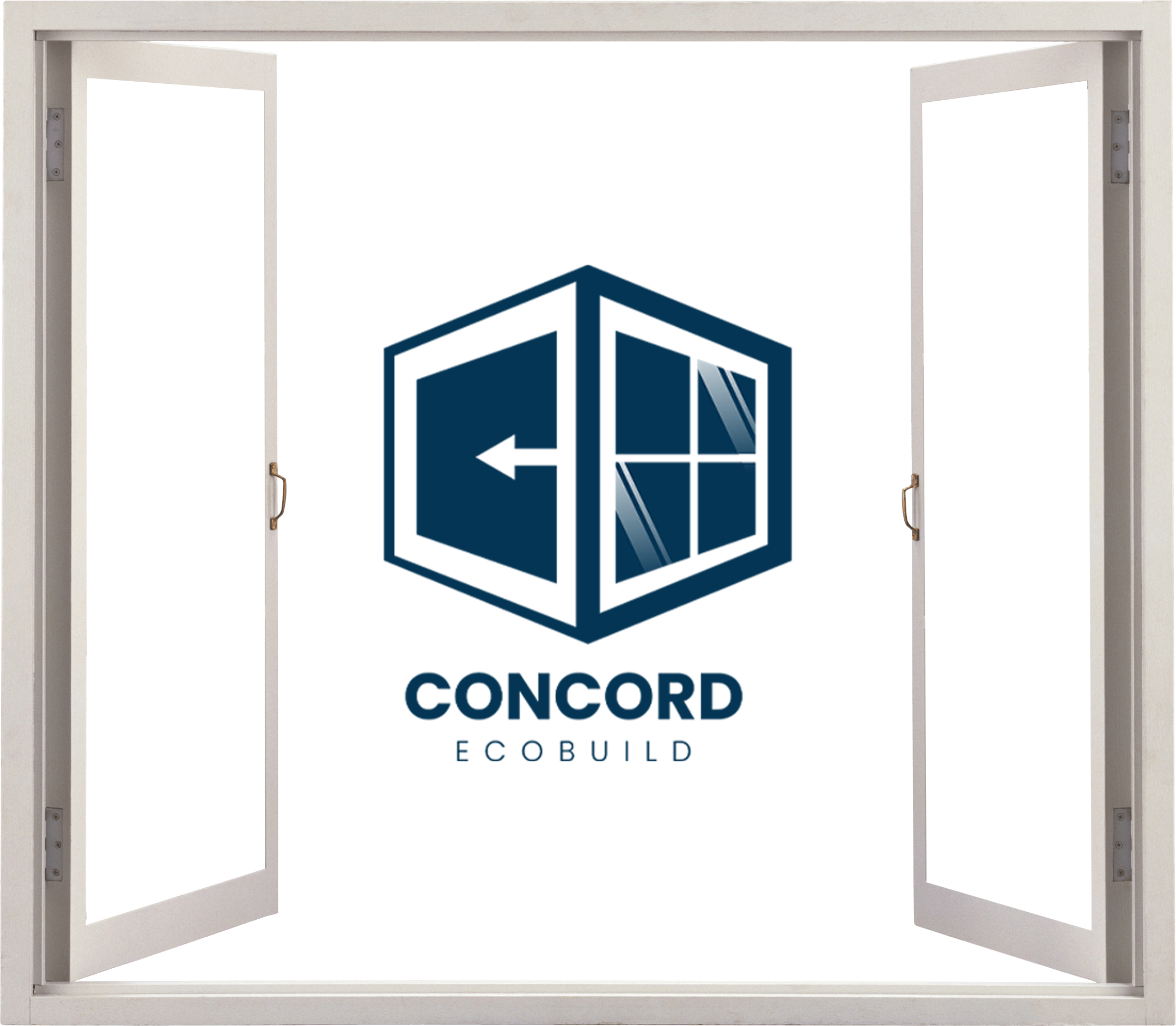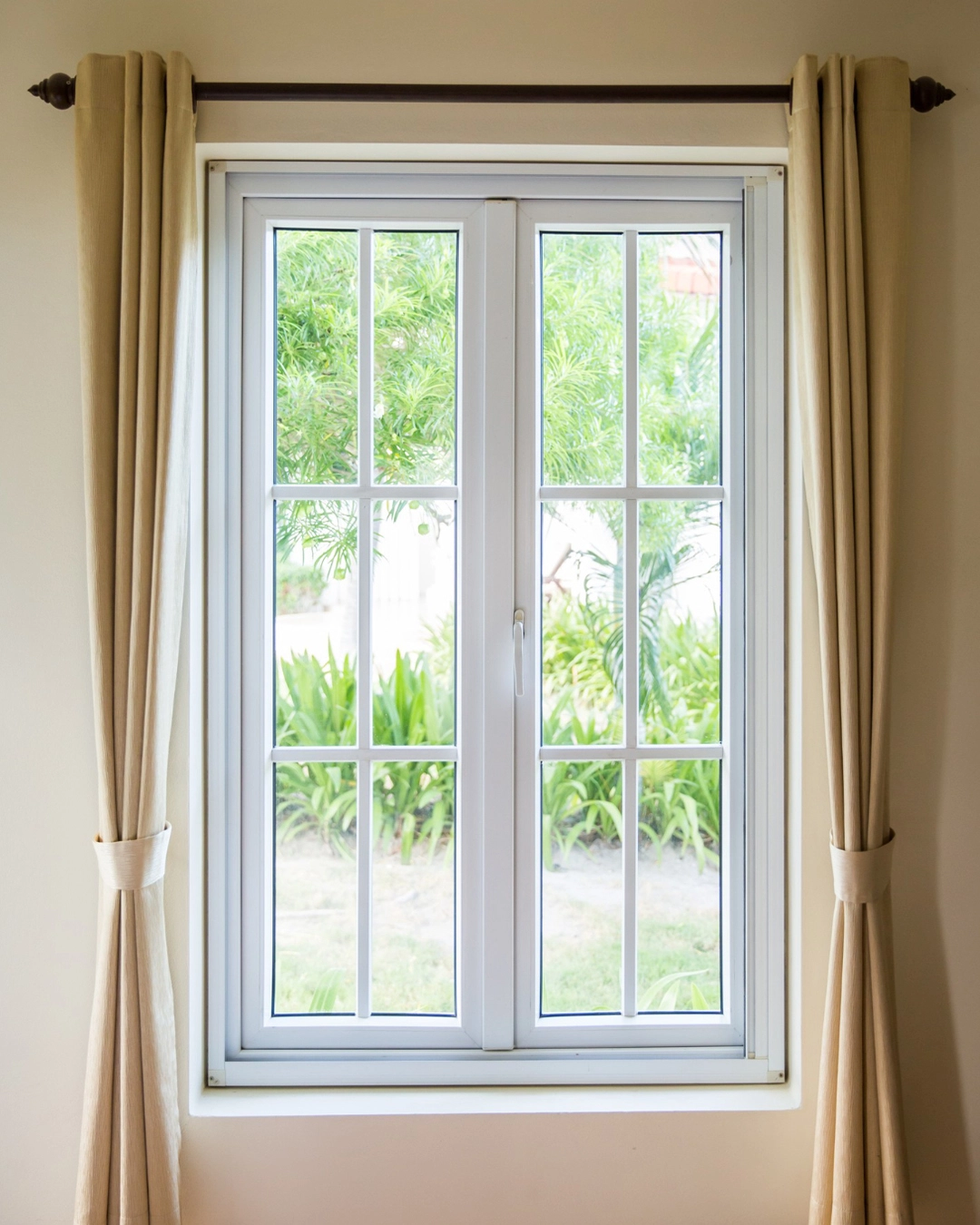uPVC Window and Door Manufacturers In Pune

uPVC Windows & Doors
Available With Wide Range of
Colors & Designs.

Our Products
What’s your style?

Casement

Fixed


Sliding

Bay Window
Benefits of UPVC
UPVC windows have several advantages over aluminum windows

Energy Efficiency
UPVC is a better insulator than aluminum, making UPVC windows more energy-efficient and helping to reduce heating and cooling costs.

Maintenance
UPVC windows require less maintenance than aluminum windows, as they do not rust, rot or warp and are resistant to fading, weathering, and corrosion.

Cost
UPVC windows are typically more affordable than aluminum windows, making them a more cost-effective choice for many homeowners.

Security
UPVC windows offer improved security compared to aluminum windows, as they are harder to break into and come with multiple locking mechanisms.

Aesthetics
UPVC windows come in a range of colors and styles, allowing you to choose a window that complements the style of your home and fits your aesthetic preferences.

Durability
UPVC is a strong and durable material that can withstand harsh weather conditions, making it an ideal choice for window frames.
FAQ
What are UPVC window and door profiles?
uPVC is an abbreviation for Unplasticized Polyvinyl Chloride and it begins life as a plastic powder. It is then heated up and injected into a mould in order to form its shape as a strip of extremely long uPVC window profile.
What is the difference between PVC and uPVC windows?
PVC stands for Polyvinyl chloride, while uPVC stands for Unplasticized Polyvinyl Chloride. While both materials are used in construction, uPVC outperforms PVC when used in windows and doors. uPVC is highly durable, long-lasting, and eco-friendly due to its chemical composition, whereas PVC is less durable and more environmentally toxic.
Are uPVC windows recyclable?
Yes, uPVC windows can be recycled. This eco-friendly option not only contributes to environmental conservation but also helps reduce landfill waste and prevents land pollution.
How do I clean uPVC windows?
Cleaning uPVC windows is easier than maintaining other window types. They are highly resistant to damage from staining, scratching, saline water, dirt, and dust. You can clean them with a dry cloth or mix a cup of vinegar with 4 cups of hot water, spray it on the windows and doors, leave it for 10 minutes, and wipe it off with a clean, dry cloth to remove excess liquid.
What are UPVC window and door profiles?
uPVC is an abbreviation for Unplasticized Polyvinyl Chloride and it begins life as a plastic powder. It is then heated up and injected into a mould in order to form its shape as a strip of extremely long uPVC window profile.
What is the difference between PVC and uPVC windows?
PVC stands for Polyvinyl chloride, while uPVC stands for Unplasticized Polyvinyl Chloride. While both materials are used in construction, uPVC outperforms PVC when used in windows and doors. uPVC is highly durable, long-lasting, and eco-friendly due to its chemical composition, whereas PVC is less durable and more environmentally toxic.
Are uPVC windows recyclable?
Yes, uPVC windows can be recycled. This eco-friendly option not only contributes to environmental conservation but also helps reduce landfill waste and prevents land pollution.
How do I clean uPVC windows?
Cleaning uPVC windows is easier than maintaining other window types. They are highly resistant to damage from staining, scratching, saline water, dirt, and dust. You can clean them with a dry cloth or mix a cup of vinegar with 4 cups of hot water, spray it on the windows and doors, leave it for 10 minutes, and wipe it off with a clean, dry cloth to remove excess liquid.




